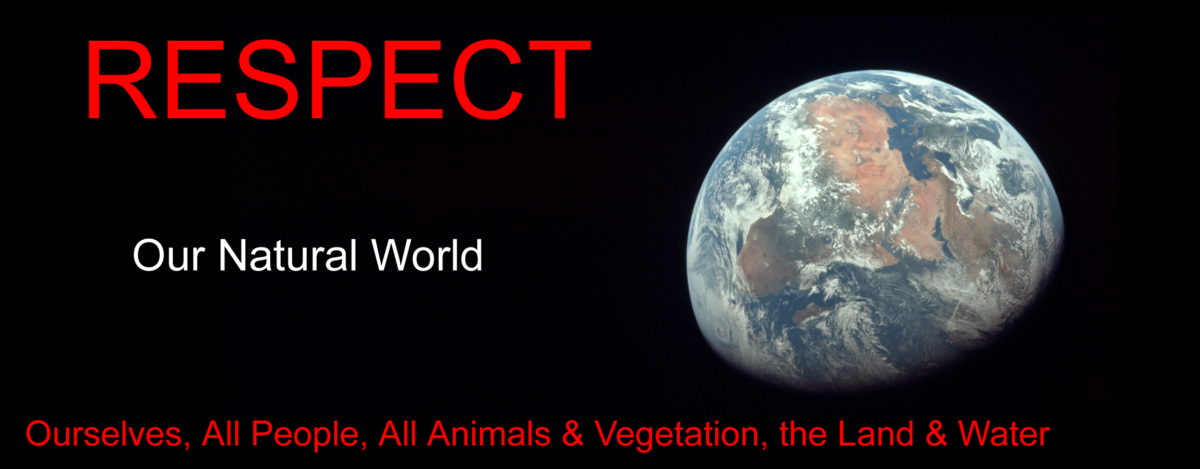
Let me tell you about
Alfred Bruce Edward Crane
9th April 1901
-
9th June 1945
Army number NX52023
Enlisted 22nd July 1940
Killed as a POW 9th June 1945

Alfred Bruce Edward Crane
Initially posted to AASC.
During August & September 1940 spent some time in a Hospital for Influenza.
On 15/11/1940 Tfr’d to 8th Div AASC and transported to Dubbo for training.
In May 1941 underwent further training in Bathurst NSW which included another stay in Hospital.
On 10/7/1941 he indicated he would be coming home for a short stay then on 27th July he said it had been cancelled and he was to go “a long way away”.
On 24/7/1941 was assigned to 27th Brigade Company AASC
He was sent to Northam, Western Australia for further training before being sent to Singapore on 15th August 1941.
Whilst in Singapore he was assigned to No 2 Company AASC on 22/11/1941 where he remained until the fall of Singapore on 15th February 1942.
Following the surrender Alfred would have been initially held in Changi POW Camp before being moved to Sandakan POW Camp.
By January 1945, with Allied forces advancing, the Japanese decided to send the 1900 prisoners on marches inland to Ranau, (a distance of 261 kilometres (160mi)) away from the coast in 3 sets of marches known as the Sandakan Death Marches. In total 2434 lives were lost as a result of the Death Marches with only 6 surviving – all of who had escaped. Alfred was known to have been sent on the second death march and we were advised by Lynette Silver that he had been shot and killed near the Mile 62 marker either from lack of health or attempting escape on the 9th June 1945.
From historical documents on the Fall of Singapore The Japanese offensive on Malaysia commenced in early December 1941 and the Allied troops suffered heavy losses and were retreating down the Peninsular. The 8th Divi were defending the Malay peninsular. During this offensive the Japanese took no prisoners, killing all who were wounded or surrendered. It appears that the 27th Brigade were utilised in the defense of Singapore itself from February 8th until the surrender on February 15th. Following the surrender Alfred would have been initially held in Changi POW Camp before being moved to Sandakan POW Camp.
This report has been reconstructed based on the digitised service records, his letters back to his family from enlistment until the fall of Singapore, public reports and the efforts of Lynette Ramsay Silver AM on the last days at Sandaken POW camp and the death marches all of which have been uploaded to his page – Letters to Home & Correspondence Lynette Silver
As a footnote, following the death of his eldest daughter Elizabeth in 2011, the family attended the commemorative service in Sandakan and her ashes were spread at the site of the POW camp as health prevented her from visiting the area whilst alive.
















